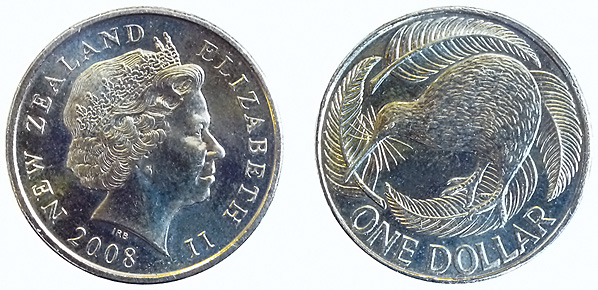Dollar is the monetary unit of the United States, Canada, and many other countries. The dollars of the United States and Canada are equal to 100 cents. The U.S. dollar was modeled after a Spanish coin called the peso or piece of eight. The origin of the dollar sign ($) is unknown. It probably developed from ps, an abbreviation of the word peso. The use of the dollar sign has become as widespread as the use of the currency it represents.

The term dollar is derived from Joachimsthaler, a word originally applied to a large silver coin made from metal obtained from the Joachimsthal mine in Bohemia. Shortened to thaler, the name was later applied to many large silver coins of about the same size.
The United States dollar.
By the 1760’s, the American Colonies used pieces of eight for business. Few British coins were shipped to the colonies. However, many pieces of eight circulated there as a result of illegal trade. By 1767, Maryland was issuing paper money in denominations that were expressed in dollars, and other colonies soon did the same. The American Continental Congress issued Continental Currency in order to finance the American Revolution (1775-1783) against the United Kingdom. These notes were promises of payment in dollars.
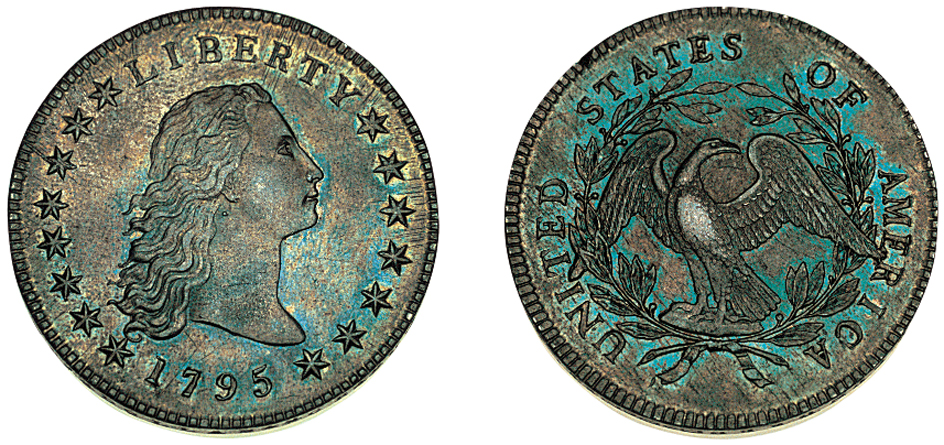
By an act of Congress in 1792, the dollar became the official currency unit of the United States. The values of all other U.S. coins were expressed in terms of the dollar’s value. The earliest silver dollars appeared in 1794. Each weighed 27 grams (slightly less than 1 ounce). The amount of pure silver in the coins was just under 90 percent in early years, and exactly 90 percent after 1837. Silver dollars never became popular in the eastern United States, where people preferred paper currency. But the coins circulated widely elsewhere, especially in the Far Western states, the Pacific Northwest, and parts of the Southern States. The United States stopped producing silver dollars for circulation in 1935.
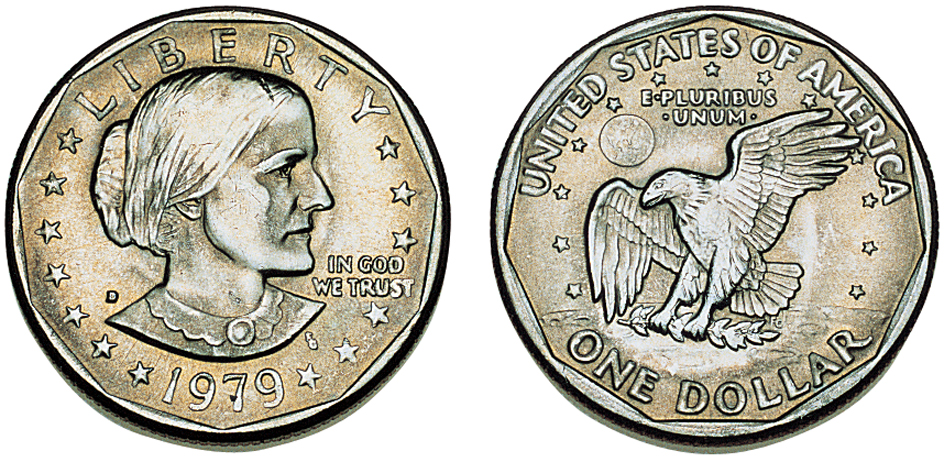
In the late 1900’s and early 2000’s, there were attempts to revive the dollar coin. The U.S. government circulated Dwight D. Eisenhower dollar coins in the 1970’s, Susan B. Anthony dollar coins in 1979 and 1980, and Sacagawea dollar coins in the early 2000’s. A series of presidential dollar coins began in 2007, bearing images of the U.S. presidents in the order that they served. In 2011, the U.S Treasury began to limit production of all dollar coins. New dollar coins are now minted only for collectors and not for circulation.


The dollar in other countries.
Canada adopted the dollar in the 1800’s, indicating the importance of the U.S. dollar in trading. The first paper dollars issued by the Dominion of Canada appeared in 1870. But Canada did not begin to make silver dollars until 1935, the year the United States stopped minting the coin. In 1987, Canada introduced a new dollar coin to replace the paper dollar, which it stopped issuing June 30, 1989. The front of the coin had an image of Queen Elizabeth II of the United Kingdom as a young woman. In 1989, Canada began minting a revised version of the coin, which showed Elizabeth as an older woman. In 2023, Canada began minting a dollar coin featuring King Charles III, Elizabeth’s son, who succeeded his mother as the monarch of the United Kingdom following her death in 2022.
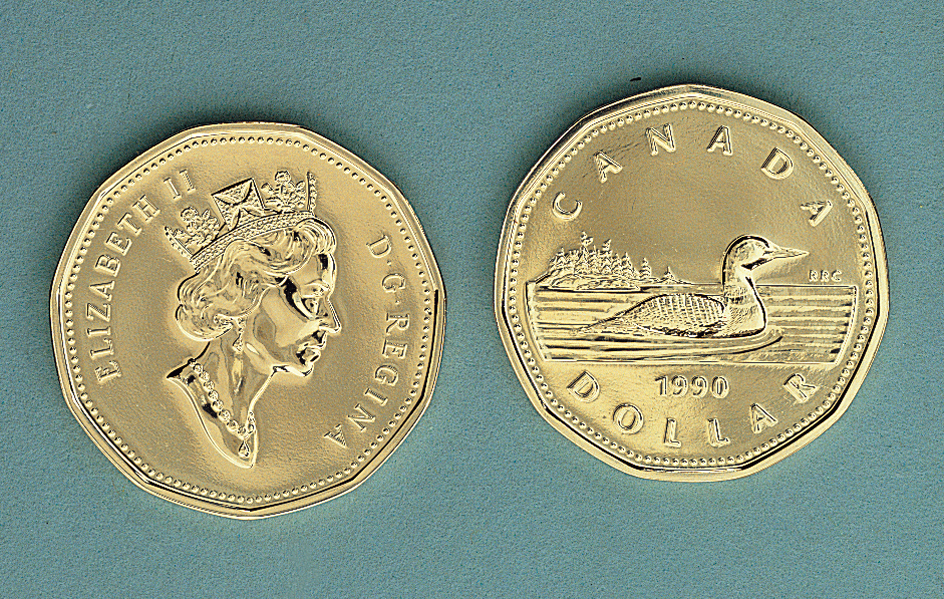
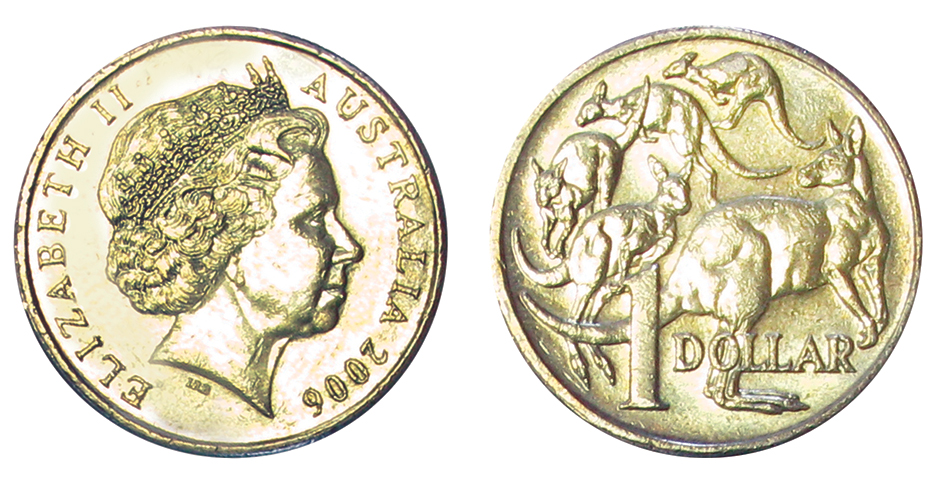
Hong Kong has used the dollar since the 1860’s. Australia adopted it in 1966 and New Zealand in 1967. Many former British possessions in the Caribbean adopted the dollar in the late 1960’s and early 1970’s. In 2000, Ecuador and El Salvador adopted the U.S. dollar as their official currency.
